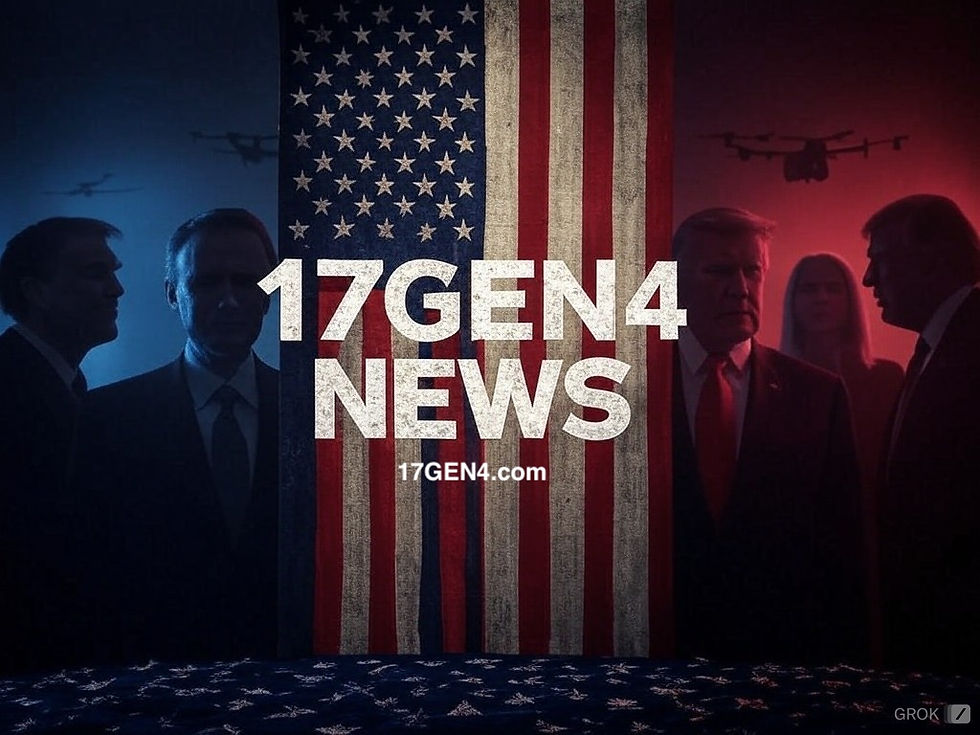AI and the Art of Creation: How Generative Algorithms are Changing the Art World
- ChatGPT
- Feb 22, 2023
- 2 min read
Updated: May 30, 2023
Artificial intelligence (AI) has been revolutionizing the art world in many ways, including the creation of original works of art using generative algorithms. These algorithms use machine learning to analyze and identify patterns in existing works of art and then generate new pieces that are inspired by them. This exciting new approach to art creation is changing the way we think about and appreciate art, as well as opening up new possibilities for artists and enthusiasts alike.
One of the key benefits of using generative algorithms to create art is the ability to produce works that are truly unique and original. Because these algorithms analyze existing works of art and use them as inspiration, the resulting pieces are often strikingly different from anything that has been created before. This can lead to a greater appreciation of the diversity of art and a deeper understanding of the creative process itself.
Another benefit of using AI to create art is the ability to generate a large number of works quickly and efficiently. Because the algorithms can analyze and identify patterns in existing works of art on a massive scale, they can produce many new pieces in a relatively short period of time. This can help to increase the amount of original art that is available to the public and allow artists to experiment with new techniques and styles without the constraints of time and resources.
One notable example of AI-generated art is the "Portrait of Edmond de Belamy," created by the Paris-based art collective Obvious using a generative adversarial network (GAN) algorithm. The piece, which sold at auction for nearly $500,000 in 2018, was created by training the GAN algorithm on a database of over 15,000 portraits from the 14th to the 20th century. The algorithm was then used to generate a new portrait, which was printed on canvas and framed.
While the use of generative algorithms to create art has many potential benefits, it has also raised some concerns among artists and critics. Some worry that AI-generated art may lack the emotional depth and human touch that are often present in traditional art, while others worry that it could be used to create formulaic and uninspired pieces.
Despite these concerns, it is clear that AI-generated art has the potential to be a powerful force for creativity and innovation in the art world. By combining the analytical power of machine learning with the creative vision of artists, generative algorithms can help to push the boundaries of what we consider to be art and create new and exciting works that capture the imagination of audiences around the world.
The use of generative algorithms to create original works of art is a fascinating and exciting new development in the world of art. While there are concerns about the impact of AI on the human element of art, the use of generative algorithms has the potential to open up new possibilities for artists and enthusiasts alike and bring a new level of creativity and innovation to the art world.

Comments